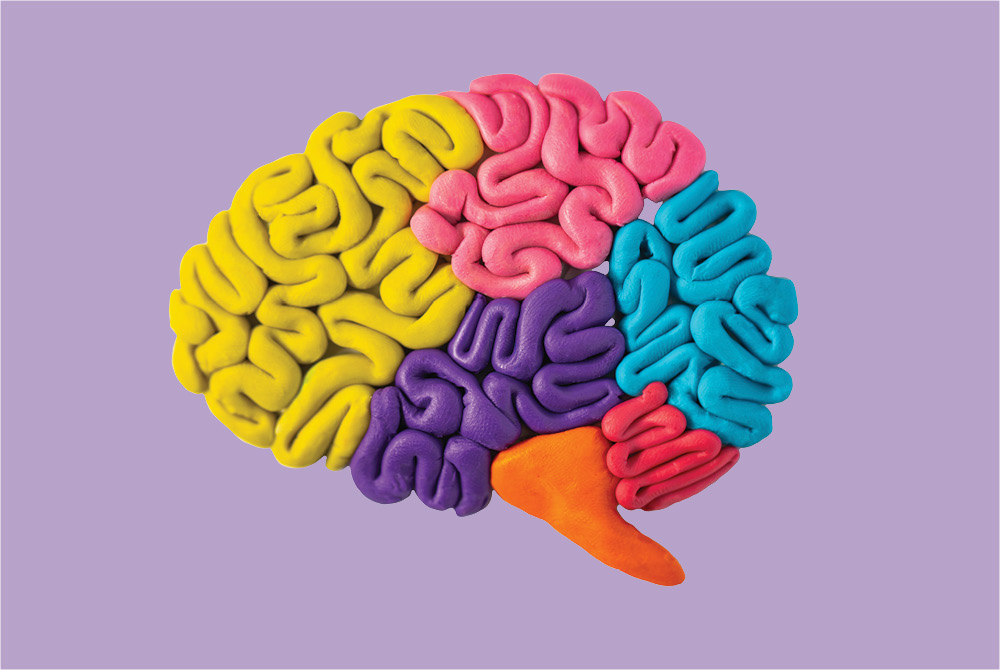Over 10 years ago, my colleagues and I published an article in Exchange magazine titled “We Grow Brains” (Rike, Izumi-Taylor, & Moberly, 2008), in which we discussed the importance of early childhood educators being proud of their professions, because we are not only caring for and educating young children, but also growing their brains. More than a decade later, I am still strongly advocating for the importance of “growing children’s brains.”
Everything we do for children affects their brain development. We are informed that a newborn has almost 86 billion neurons. Neurons are connected by roughly 50 trillion neural connections, called synapses. During the first year of life, the network of synapses grows rapidly, and continues to develop during toddlerhood. These synapse connections determine the development of a child’s behavior and cognitive functions.
We also know that we can make children’s neural pathways stronger and richer by providing developmentally appropriate early care that is responsive and warm. Such care involves implementing daily routines and plans and adapting flexibly to children’s moods, interests, and needs.
ADVERTISEMENT
Young children develop expectations about others’ behavior and about themselves based on their own experiences, and how they are treated. Children thrive when they tackle challenges, and flourish when they can explore freely with a little help from teachers. When children have freedom to make choices and to experience the world on their own terms, their brains can grow. So, we need to ask ourselves, “What can we do to grow brains?”
To answer this question, first we need to review our physical classroom environments. Are they safe, appealing, and stimulating, or are they overwhelming? Are toys and equipment easily accessible to children in environments where they can freely and safely explore? Are toys and equipment meeting children’s needs and enhancing their discoveries? Are the environments promoting children’s opportunities to use their five senses in exploring and playing? Are the environments providing children enough opportunities to use their hands and fingers in exploring? Does the environment support children’s motor development? Are the classroom environments promoting children’s interactions with others?
To grow better brains, as teachers we can ask ourselves about our social classroom environments, such as how do we offer responsive and warm care to each child. Are we giving children enough time to explore and play? How do we interact with children when conflicts arise? How do we deal with children’s negative behavior? Do we carefully observe each child to discover what skills they are ready to explore and master? Are we offering enough help for children to cope and persist when frustrated? Are we using language to label objects, sounds, and feelings, in order for children to communicate and interact with others? How do we partner with families? Put more concretely, we need to remember that the development of children’s brains is determined by the care they receive.
Just as farmers nourish crops, early childhood educators need to proactively nourish children’s brains. To do so, we need to work with children’s families by respecting their cultural beliefs and childrearing practices. We need everyone involved in children’s lives to work together to grow their brains. We are caring, passionate, and devoted people who take our professions seriously, and we should be proud of it. I still champion the fact that growing brains is the most important job in the world!
Satomi Izumi-Taylor, Ph.D., is professor emeritus with the department of instruction and curriculum leadership at the University of Memphis, Tennessee. Her research interests include cross-cultural studies of teacher education, play, constructivism, infant and toddler development, Japanese early childhood education, and science education.
Related
ADVERTISEMENT











